About the Webinar
On the 14th of July the MAIA Webinar: Wildfires and Forest ManagementPart II, had the pleasure hearing from EU projects FIRELOGUE, SILVANUS and SAFERS!
FireLogue
Eduard Plana presented the EU funded project Firelogue, a crucial initiative addressing the evident impact of fires on climate change throughout Europe. Coordinated by Germany’s Hoffman Institute, it unites partners from various European regions, fostering knowledge exchange between territories. Their goals encompass gathering and disseminating wildfire-related data and research, identifying conflicts and injustices, and developing integrated strategies. With a cross-sectoral focus, the project brings together experts from diverse disciplines, encouraging collaborative learning and breaking knowledge silos. Acting as a knowledge platform, Firelogue aims to build a strong community and facilitate knowledge sharing. They welcome participation, subscriptions, and social network followings to support their efforts.
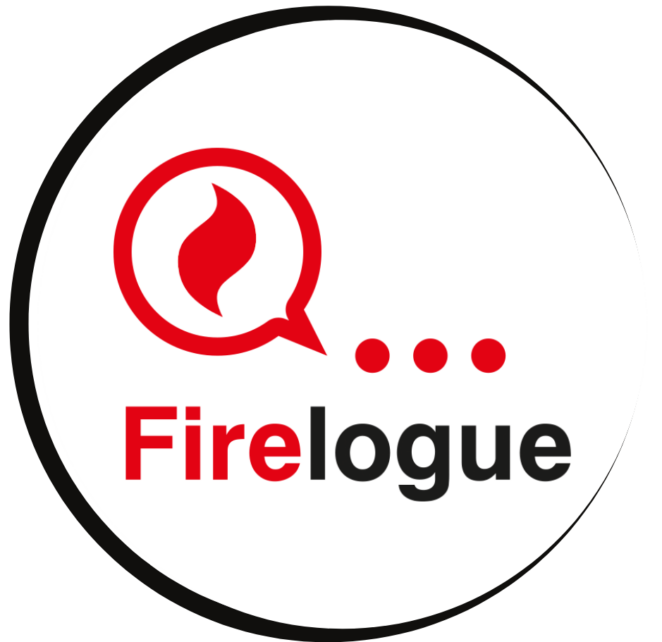
SILVANUS
The EU project SILVANUS, presented by Lovorko Marić, is a cutting-edge endeavor centered on an integrated technological and information platform for wildfire management. It boasts 49 partners from 15 EU member states, along with Australia, Brazil, and Indonesia. The project focuses on climate-resilient and innovative technology, supporting decision-making in wildfire management across three phases: preparedness, response, and recovery. Combining technology, scientific innovation, and human factors, SILVANUS operates through different lines of defense. These include identifying high-risk regions using data and sensors, using drones and social media for visual inspections, deploying robots and resource mobilization, and employing water cannons and waterbombs. The project’s international and European pilots are currently testing various fire suppression technologies and citizen engagement applications.
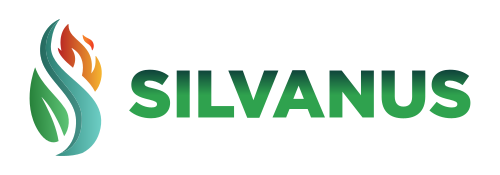
SAFERS
Finally, Claudio Rossi introduced the EU project SAFERS, led by the LINKS foundation. The project’s primary objective is to develop an advanced forest fire emergency management system capable of handling the entire emergency cycle. It will leverage diverse Big Data sources like Earth Observation, in-field data, and social media, integrating them with Artificial Intelligence. The platform will be open source and easily accessible through a website, empowering both problem owners and citizens. SAFERS offers intelligent services, including a Decision Support System, a chatbot for citizens and volunteers, and a smoke and fire detection system. These innovations aim to enhance forest fire response and create resilient societies.

Lessons learned
- Globally, there has been an alarming surge in massive fires, devastating forests and landscapes, leading to the loss of lives, destruction of homes, biodiversity, and emitting substantial CO2 and other pollutants. This susceptibility to fires arises from the intertwining factors of climate change-driven weather extremes and extensive land use changes.
- As highlighted by Eduard, it is imperative to bring together experts from diverse disciplines, considering the highly cross-sectoral nature of fire-related issues. Breaking knowledge silos is essential, enabling collaboration between fire management and insurance specialists, as well as communities facing fire risks in different parts of Europe.
- The simultaneous implementation of multiple projects on fire management is crucial and not a waste of resources. The vast array of needs, specific to various regions and communities, demands diverse solutions, making the multiplicity of projects necessary.
- Coordination projects like Firelogue and MAIA act as cohesive elements, connecting solution providers, problem owners, and experts across different fields. Their role as the connecting glue fosters a comprehensive and unified approach to fire management.
- The webinar served as a remarkable occasion to reaffirm connections and synergies among the three projects, establishing links with MAIA’s efforts.
How you can get involved
1. Firelogue
2. The Citizen Engagement App by SILVARUS click here for Pre Registration Interest
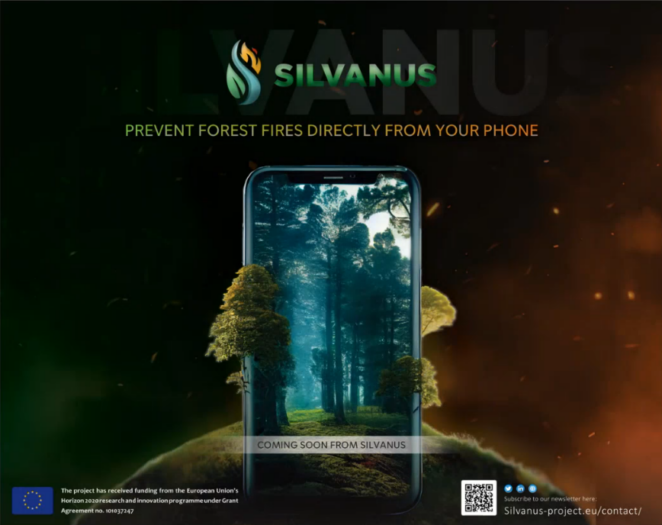
3. SAFERS useful material
- SAFERS Infographic
- SAFERS Project Overview
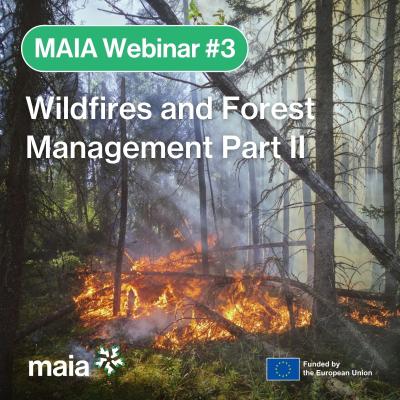
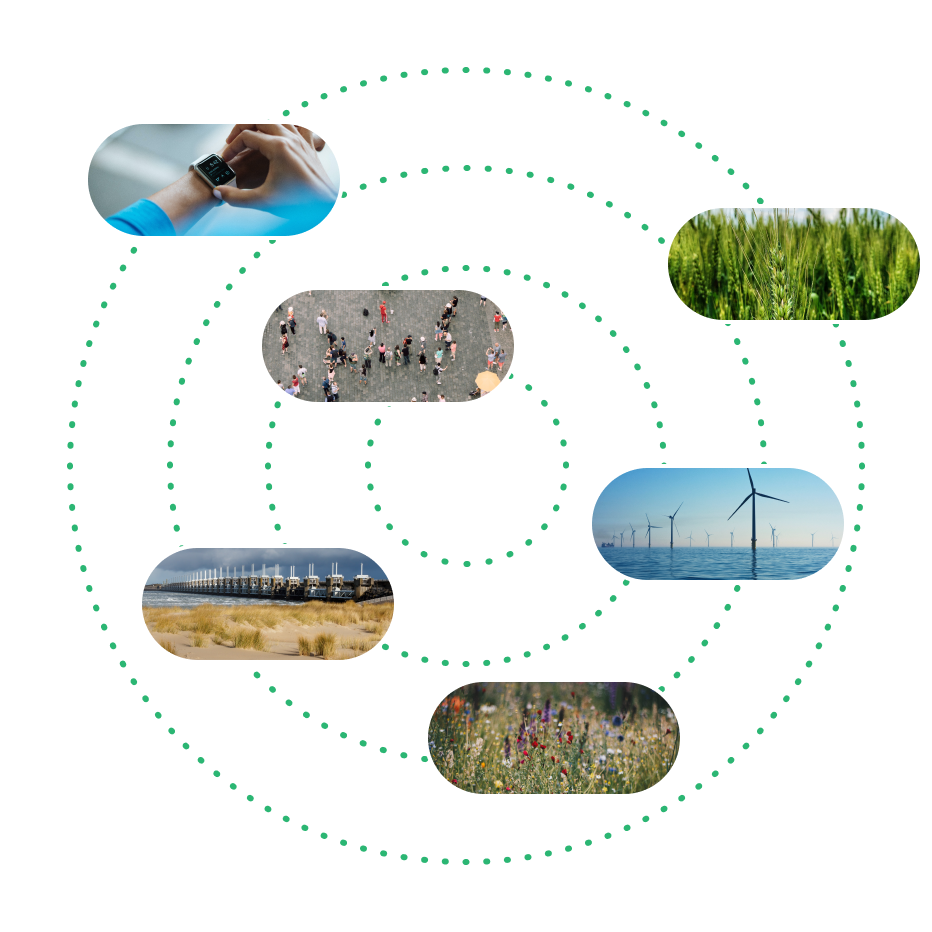
Comments
There is no content